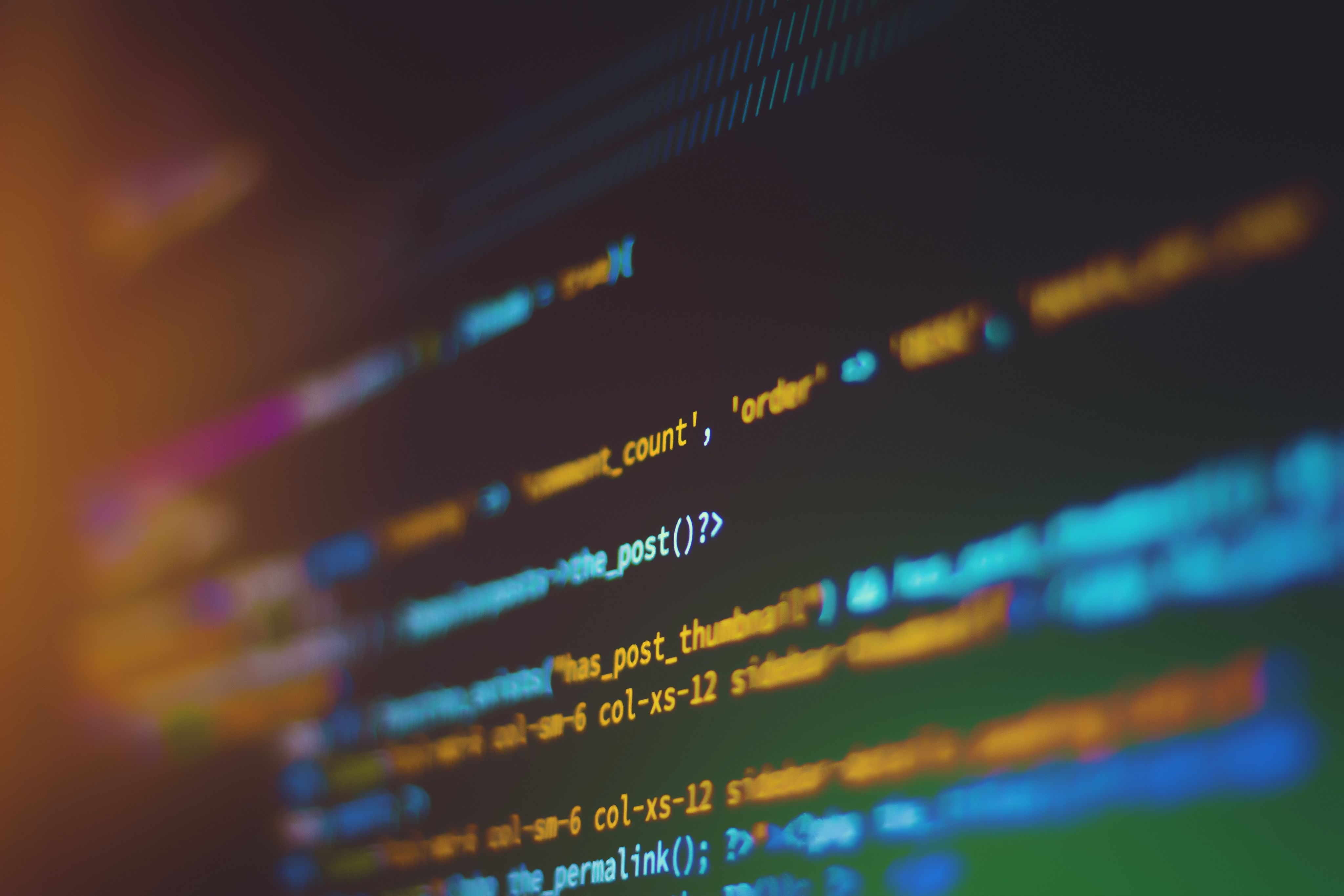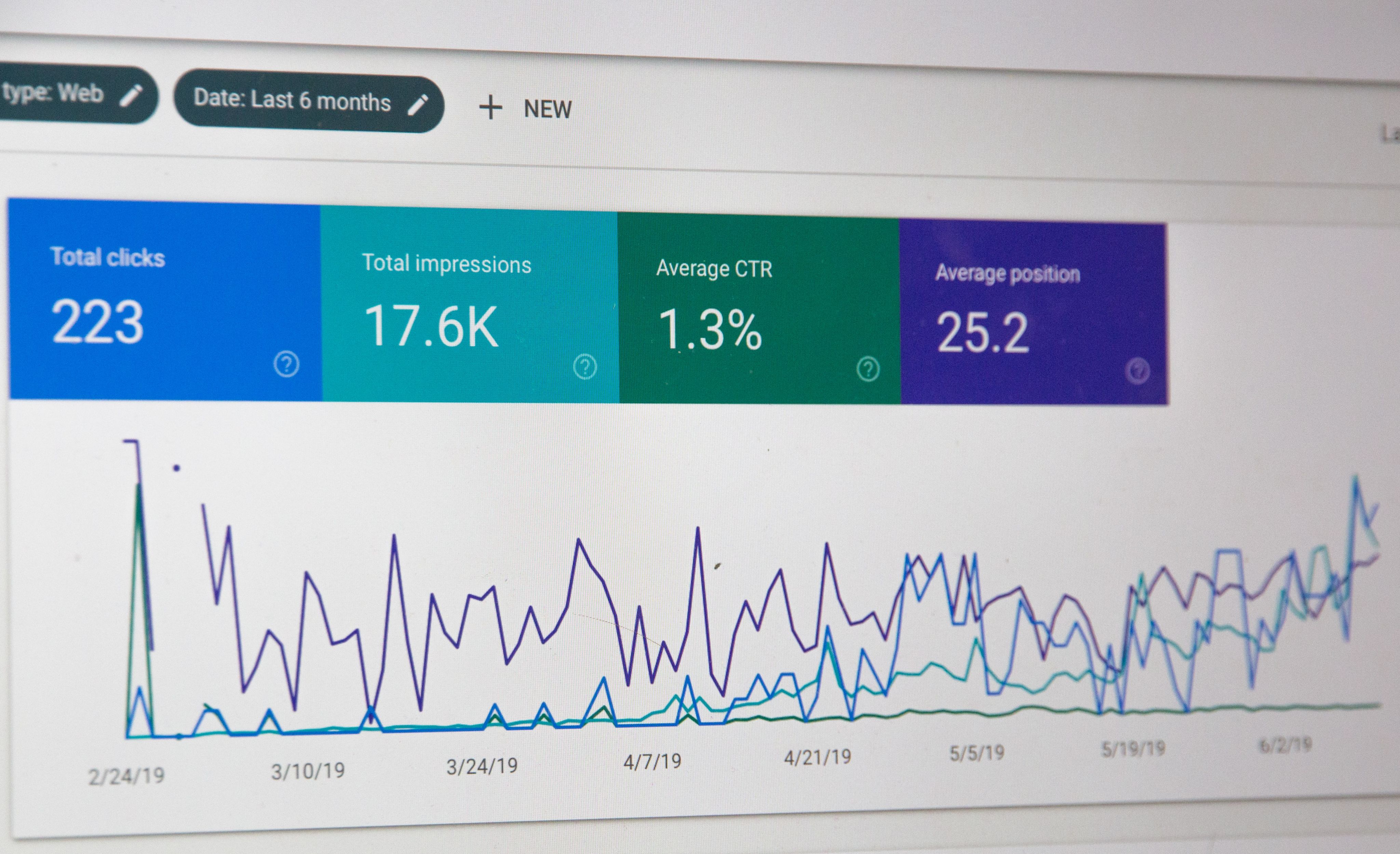The Role of Cybersecurity in
Protecting Personal Data

In today’s digital economy, personal data is currency, and protecting it is non-negotiable. Organisations across industries and governments rely on vast datasets to drive innovation, personalise services, and shape strategy. But with this power comes legal, ethical, and reputational responsibility. Cybersecurity is no longer a back-office concern, it’s a frontline defense.
Why Personal Data Is a Prime Target
Every company and agency stores sensitive personal data: names, Social Security numbers, health records, fingerprints, employment histories, financial information, and more. Consumers willingly share this information with the expectation that it will remain secure. But growing cyber threats and complex privacy laws have raised the stakes.
The digital attack surface is expanding. Mobile devices, cloud platforms, smart home devices, and the Internet of Things (IoT) all generate new types of data in new places. Without clear visibility into where data resides and how it moves, security teams can’t adequately protect it.
Cybercrime has also evolved into a highly organised, profitable enterprise. Personal data is a valuable commodity on the dark web. Phishing and ransomware remain common threats, but new AI-powered tools like deepfakes are helping hackers bypass traditional defenses.
The Regulatory Squeeze
Governments have responded with tighter data protection laws at the state, national, and global levels. Regulations such as the General Data Protection Regulation (GDPR) in the EU, California Consumer Privacy Act (CCPA), and Health Insurance Portability and Accountability Act (HIPAA) in the U.S. set strict expectations for how businesses handle personal data.
On the local front, the Personal Data Protection Act 2010 (PDPA) serves as Malaysia’s primary legislation governing the processing of personal data in commercial transactions. Enforced by the Department of Personal Data Protection (JPDP) under the Ministry of Digital, the PDPA outlines key principles that organisations must follow when collecting, using, storing, or disclosing personal data.
Malaysia’s PDPA imposes strict obligations, including obtaining consent, ensuring data security, and allowing individuals to access and correct their data. With growing awareness and digitalisation, Malaysia is also moving toward strengthening and updating the PDPA, aiming to align more closely with international standards and increase penalties for non-compliance.
Businesses operating in or dealing with Malaysia must ensure they stay compliant with the PDPA to avoid reputational damage and legal repercussions, especially as cross-border data flows and digital transactions continue to expand.
Laws such as these require organisations to:
- Conduct regular risk assessments
- Implement “appropriate security measures”
- Maintain and update incident response plans
- Demonstrate compliance during audits or after breaches
Failing to meet these requirements can lead to lawsuits, heavy fines, and irreversible damage to brand trust.
Cybersecurity’s Key Role in Safeguarding Data
Cybersecurity strategies are critical for managing both risk and compliance. Here are the pillars every organisation should prioritize:
1. Data Encryption
Encryption is fundamental. Data should be encrypted both in transit (while being transmitted) and at rest (while stored). Not all encryption is created equal—sensitive data may require stronger algorithms or more frequent key rotation.
2. Regular Risk Assessments
Routine security audits identify weak points and guide resource allocation. Risk assessments also satisfy legal requirements and help develop a security roadmap tailored to current threats.
3. Patch Management
Many attacks succeed because of unpatched vulnerabilities. Automating patch updates for operating systems, applications, and hardware reduces exposure and ensures systems stay current.
4. Access Control and Authentication
Limit access to data based on roles and responsibilities. Use multi-factor authentication (MFA) and enforce strong password policies. Restrict third-party access to only what’s necessary.
5. Security Awareness Training
Human error is behind 95% of cybersecurity breaches. Regular, role-specific training helps employees recognise phishing, social engineering, and other threats. Education must be ongoing and practical.
6. Incident Response Planning
Have a clearly documented and regularly tested incident response plan. In the event of a breach, quick action can limit damage, meet legal obligations, and preserve customer trust.
Cybersecurity isn’t just about technology. It’s about culture, leadership, and accountability. Companies that invest in robust security practices not only reduce risk but also build trust with customers, regulators, and partners.
In today’s data-driven world, protecting personal data is mandatory. The newly amended Personal Data Protection Act (PDPA) 2010 now requires all Malaysian organisations handling 20,000+ personal data records or 10,000+ sensitive data records to appoint a Data Protection Officer (DPO).
If you’d like to learn how to stay compliant, safeguard sensitive data, and confidently navigate Malaysia’s PDPA landscape, explore the Data Protection Officer Programme by HRD Academy today.
References
- IBM. (n.d.). Cost of a Data Breach Report. https://www.ibm.com
- Messaging Architects. (n.d.). Cybersecurity and Information Governance. https://www.messagingarchitects.com
- National Institute of Standards and Technology (NIST). (n.d.). Cybersecurity Framework. https://www.nist.gov
- GDPR.eu. (n.d.). General Data Protection Regulation Summary. https://gdpr.eu
- Federal Trade Commission (FTC). (n.d.). Data Security Guidance. https://www.ftc.gov



